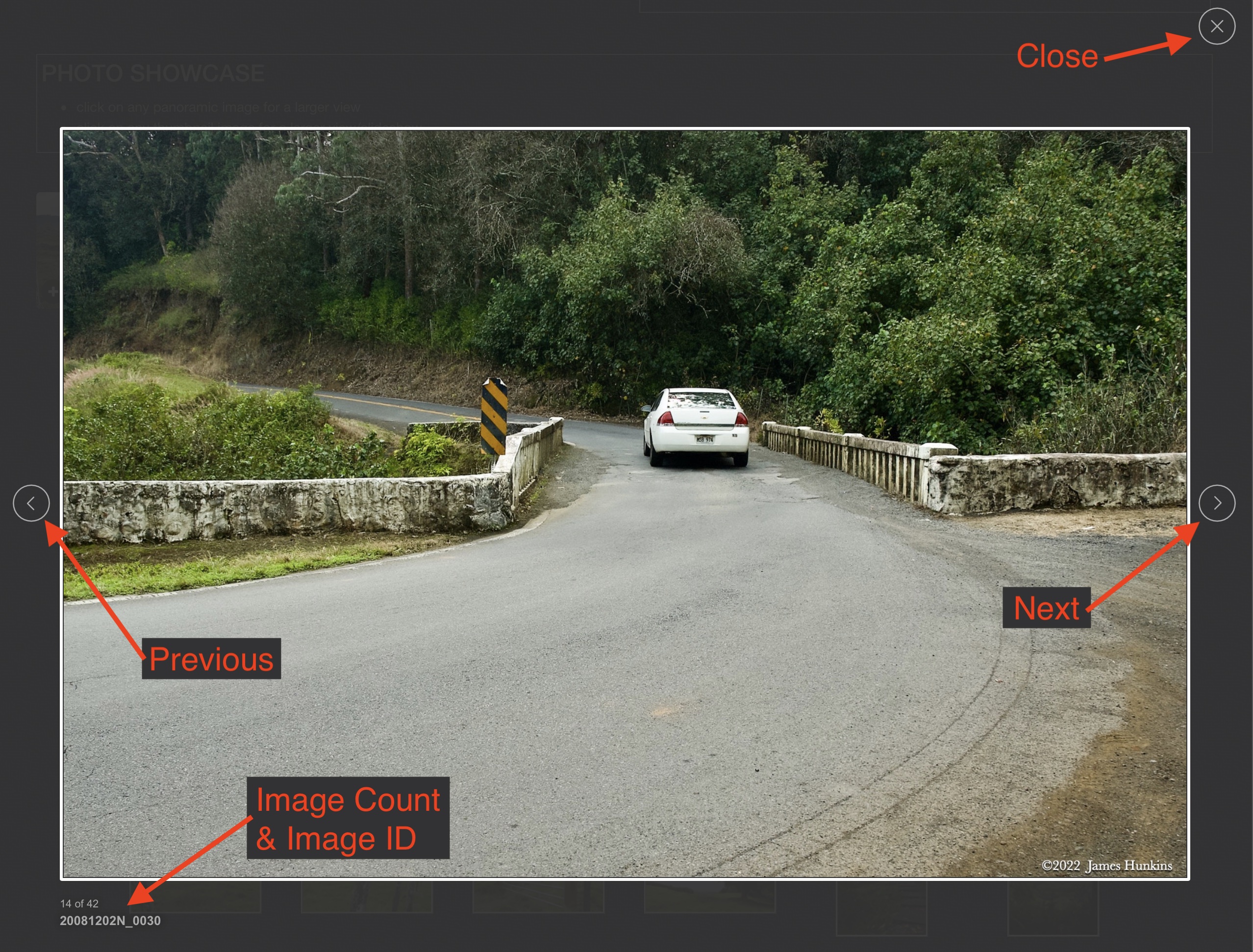Namibia 2021
EXPLORING THE DUNES OF DEADVLEI
DAY 6 : THURSDAY SEPTEMBER 02, 2021
The Tsauchab River is normally a dry river bed. When it does flow, it heads into the dunes ending at the Sossus Vlei Lake, also usually a dry lakebed. I understand that many have never seen water in the river or the lake.
Our timing on the trip was great though. After many years of drought in one of the driest deserts in the world, they had experienced a real wet season upstream from the dunes. We didn’t see any water in the river but we did get the rare privilege of seeing water in the Sossus Vlei Lake. It was grey with mud and probably a bit shallow. Seeing any water amongst the dunes and the cracked hard surfaces along the river bed was really cool.
After an early breakfast at our lodge, we started down the highway along the Tsauchab River into the dunes of the Namib Desert. The dunes, part of the Namib-Naukluft National Park, extend from the Atlantic Ocean coast all the way to the Sossus Vlei salty clay pan (a low dry area where water tends to evaporate instead of draining - tends to be a lot of salty crusty clay and relatively flat).
We saw many large animals grazing as we drove (talk about surviving in extreme climates). Looking back towards where we came from, we saw part of the Naukluft mountain range (images 6 and 7 below).
Our drive continued between the massive dunes, including ‘Dune 45’ which is a well known landmark and usually has many people climbing it. Dune 45 really stands out as it rises 170 meters (558 feet) from the valley floor. Other dunes in the area area are amongst the tallest in the world. The tallest dune in the Namib Desert is Dune 7 at 388 meters (1272 feet) but it wasn’t on our list for the day. Instead we were heading towards Deadvlei.
At the end of the paved road, we parked and got a ride further in a 4 wheel drive vehicle with its end point by the Sossus Vlei lakebed.
After being dropped off we started another hike through the dunes. The area had a large collection of flat areas with dried crusts of clay around an inch or more thick. Surprisingly there were many different low plants and a few shrubs breaking through the fractured crusts and somehow surviving. There were also larger shrubs on some of the dunes with plenty of beetles scurrying about doing their cleanup work. Some of these plants included the edible Nara melons which serve as a food for some of the local people and wildlife. These Interesting plants have roots reaching deep looking for the water table while sand builds up around them. The shrubs continue to grow higher, enough to stay on top of the growing dune around them.
After climbing up over a sand ridge, we dropped down into the famous Deadvlei dry pan. This used to be a shallow swamp until the sand cut off any water flow into it as the climate dried. Now the pan exists as a large flat white salty clay surface with cracked dry clay surrounded by the reddish sand cliffs and dunes (the color comes from iron oxide in the sand). Due to the extreme dryness, the dead trees in Deadvlei don’t decompose and can be as old as 900 years.
After we got back to the lodge, I braved the cold water in their shallow pool and took a very quick swim. More like a dip in and back out. With the rest of the day off we relaxed, enjoyed some cool sun and watched the Helmeted Guineafowl wander the premises. Yet another great day ended with our dinner on the lodge’s deck with yet another variety of the local wild game and all kinds of other foods - delicious!
PHOTO SHOWCASE
- click on any panoramic image for a larger view
- click on any thumbnail image for a larger view/slideshow







































































